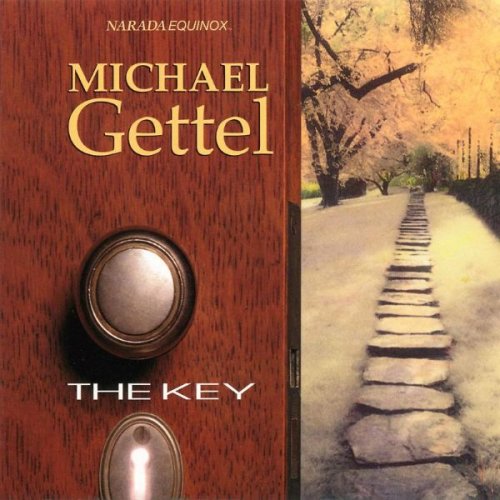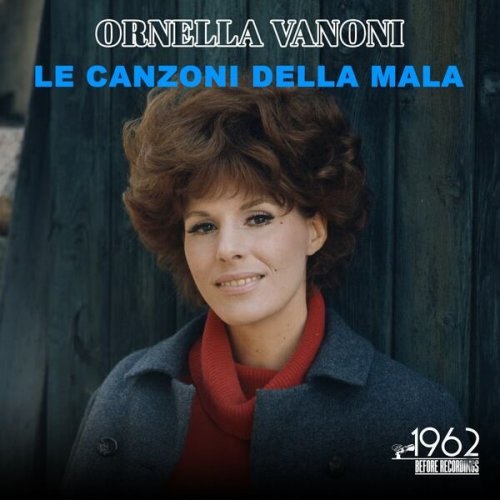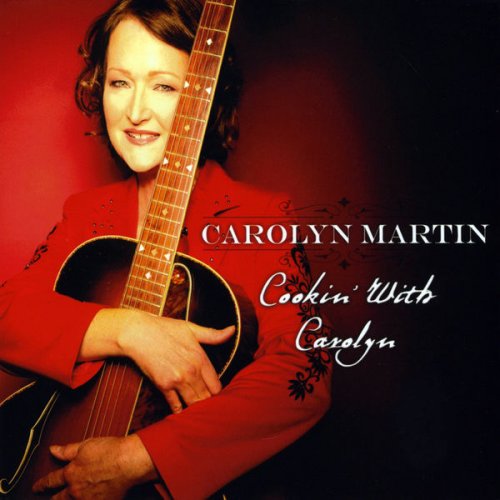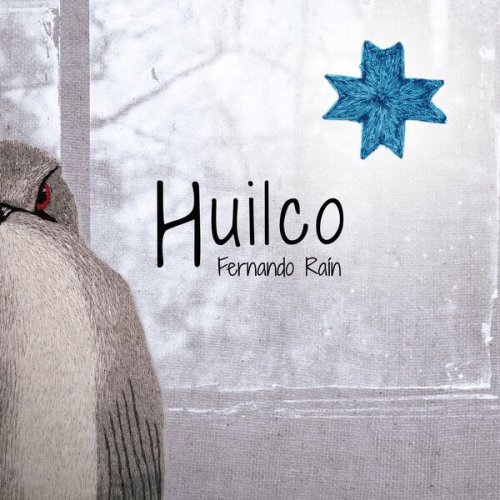Arne Jansen Trio - Nine Firmaments (feat. Robert Lucaciu & Eric Schaefer) (2016)
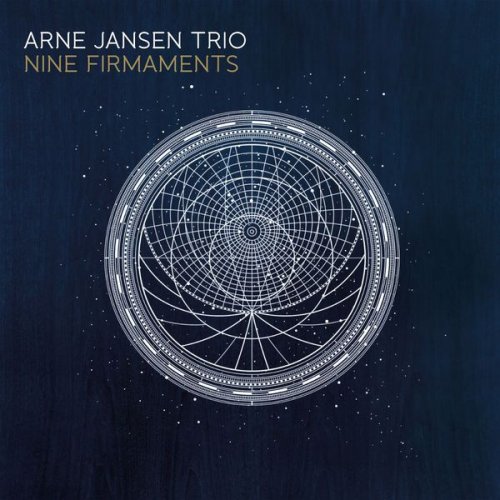
Artist: Arne Jansen Trio
Title: Nine Firmaments
Year Of Release: 2016
Label: Traumton
Genre: Jazz
Quality: FLAC (tracks)
Total Time: 41:01
Total Size: 250 MB
Tracklist:Title: Nine Firmaments
Year Of Release: 2016
Label: Traumton
Genre: Jazz
Quality: FLAC (tracks)
Total Time: 41:01
Total Size: 250 MB
1. Here We Go 04:38
2. Deep Wood 05:48
3. Ahead of Us (Down the Hillside) 03:46
4. The Three of Us 04:10
5. It's Always Night 01:17
6. Klingsor's Last Summer 06:30
7. Neither Powder nor Plaster 02:47
8. Between Two Moons 04:38
9. Lee's Summit 02:07
10. He Who Counts the Stars 05:23
Personnel:
Arne Jansen – guitar
Robert Lucaciu – double bass
Eric Schaefer – drums
As a guitarist, Arne Jansen has never thought in genre categories. The ECHO prizewinner has already played a special role, particularly in Germany, with his first two trio albums. Melodic compositions, transparent arrangements and a warm guitar sound have been his trademark to this day. On his new album Nine Firmaments there are many “songs without words” and some of them, quickly and without any detours, make their way into our consciousness where they seem to have always felt at home. Jansen prefers clear lines and avoids unnecessary exhibitionism. Today, more than ever, he is motivated by his selective choice of the means he uses to develop intense atmospheres and stronger statements. This does not rule out that at times his fingers dance over the strings with their very own aesthetic approach.
After all, as a teenager Arne Jansen once picked up a guitar for the first time because of Jimi Hendrix and the Dire Straits. The great storytellers of pop, such as Bob Dylan and Joni Mitchell also belonged to his early sources of inspiration just like the Beatles and Pink Floyd, who he discovered in his parents’ record collection. At the age of 17 he discovered the music of Pat Metheny and John Scofield, which opened up new horizons for him. Today, almost two dozen years later, Jansen of course cites other sources of inspiration for his songs. “In the summer of 2012 I went on a trip with my wife to southeastern and southern Europe. We followed in the footsteps of Janacek and Rilke and in Lugano I was reminded of Hesse’s novel Klingsor’s Last Summer”, Jansen relates. “One chapter takes place in the mountain village Carona and naturally we also had to visit this place. When I got back to Germany, the bass player Marc Muelbauer called me and asked whether I wanted to join his dectet for a few concerts. One of them was taking place as a one-off event in Carona, so I ended up visiting Carona for a second time in 2013. That was sort of a sign”. The atmosphere of Mediterranean summer nights show up in some of the song titles and gives the music a certain lightness and serenity.
Strong impulses also came from the visual artist Timo Nasseri who is one of Jansen’s longstanding friends. Nasseri’s works can be seen on the cover and in the album’s booklet, yet not only here. “One of his latest exhibitions was called Nine Firmaments“, Jansen says, “I like the definition of firmaments as a connecting layer between the earthly world and higher powers, especially since this can also be said about music. Apart from that, according to mythology the nine firmaments are home to the angel choirs”. For the picture on the front cover of the album, Nasseri calculated what the constellation of the stars over Alexandria would have been on the day of the death of the historic visionary, philosopher and astronomer, Hypatia.
Of course, none of the angel choirs made their way into Jansen’s musical world. Instead a new bass player arrived: namely Robert Lucaciu from Leipzig. He has a reputation also for his interest in new music soundscapes and – apart from dry grooves and pointed, plucked notes – he masters all facets of bowing. The latter can be unmistakably heard in two pieces, It’s Always Night and Between Two Moons. On the other hand we have a familiar face on drums, namely Eric Schaefer. Jansen and he have been the best of friends since 1997. The two of them are connected by an intuitive understanding when playing together which has its roots in their common interests apart from music. Both Jansen and Schaefer have intensely engaged themselves with Buddhism and meditation over the years. “Directly after recording the album, Eric told me, almost in surprise, that he had never played so straight”, Jansen recalls laughing. As the bandleader, he may be responsible for all the compositions but he always allows room for ideas from Schaefer and Lucaciu. He consistently refers to the music on Nine Firmaments as a band process. The aforementioned Between Two Moons is a good example of this. “I actually only brought a sketch with me to the studio, which we improvised on. Even the first take of the session made its way onto the record.” The dramatic composition with swelling sounds, ringing cymbals, stroked bass motifs and the drumbeats that start up half way through the piece, these all create an individual atmosphere. The last title on the album He Who Counts The Stars stands out with a similar special arrangement, with a chamber music quality, thanks to Stephan Braun’s cello.
Since its debut, the Arne Jansen Trio has received a positive response from many directions. The scale of the press coverage alone is enormous. In 2014 Jansen was awarded an ECHO Jazz for his album The Sleep of Reason-Ode to Goya (ACT). In November of the same year the band toured extensively through India. They gave guest performances at the large Jazz Utsav Festival in New Delhi. Other festival invitations came from Riga and the Crimea (before its annexation by Russia), in 2015 Jansen & Co. played as a part of the 25th Jazzbaltica. Beyond that, the trio has toured in the Central Asia, Scandinavia and of course many European countries. Several weeks ago Jansen was nominated for the German Music Author’s Prize donated by the GEMA, which is particularly remarkable since there are, apart from two new music composers, also the likes of Wolfgang Niedecken and Max Herre in the jury.
Born in Kiel in 1975, Arne Jansen wanted to play the guitar early on in life. However, his sister’s violin teacher did not think that is was a serious instrument and advised him to try the clarinet. At his school in Flensburg however, the big band not only inspired Jansen to play along on guitar but also to play the tenor saxophone and to play concerts as far away as the United States and the Ukraine. At the same time he was listening to rock music and had founded his first guitar trio which played as the warm-up band for the school big band on tour in front of 1000 students at a concert in Crimea. Before graduation he was even able to attend a week of rehearsals and all the concerts of the Jazz Baltica Festival, thanks to state funding. “After these concerts I sat backstage with these incredible musicians, talked with them through the night and felt very much at home”, he recalls. “I realized that I also absolutely had to do this, it was downright necessary. For two years I practiced like crazy so I could pass the entrance exam to the University of the Arts in Berlin.” He studied here from 1996 until 2001 under David Friedman, Peter Weniger and Jerry Granelli among others. After this he remained in the capital.
To this day Arne Jansen is not a big fan of effects. Speed orgies of showing-off have never interested him. He intentionally preserves the song form, avoids exaggerated abstraction and finds finds depth in ambiguous, associative understatement, remaining accessible yet at the same time without being frivolous. There are not many musicians in German jazz who can pull off this balancing act as elegantly as the Arne Jansen Trio.
After all, as a teenager Arne Jansen once picked up a guitar for the first time because of Jimi Hendrix and the Dire Straits. The great storytellers of pop, such as Bob Dylan and Joni Mitchell also belonged to his early sources of inspiration just like the Beatles and Pink Floyd, who he discovered in his parents’ record collection. At the age of 17 he discovered the music of Pat Metheny and John Scofield, which opened up new horizons for him. Today, almost two dozen years later, Jansen of course cites other sources of inspiration for his songs. “In the summer of 2012 I went on a trip with my wife to southeastern and southern Europe. We followed in the footsteps of Janacek and Rilke and in Lugano I was reminded of Hesse’s novel Klingsor’s Last Summer”, Jansen relates. “One chapter takes place in the mountain village Carona and naturally we also had to visit this place. When I got back to Germany, the bass player Marc Muelbauer called me and asked whether I wanted to join his dectet for a few concerts. One of them was taking place as a one-off event in Carona, so I ended up visiting Carona for a second time in 2013. That was sort of a sign”. The atmosphere of Mediterranean summer nights show up in some of the song titles and gives the music a certain lightness and serenity.
Strong impulses also came from the visual artist Timo Nasseri who is one of Jansen’s longstanding friends. Nasseri’s works can be seen on the cover and in the album’s booklet, yet not only here. “One of his latest exhibitions was called Nine Firmaments“, Jansen says, “I like the definition of firmaments as a connecting layer between the earthly world and higher powers, especially since this can also be said about music. Apart from that, according to mythology the nine firmaments are home to the angel choirs”. For the picture on the front cover of the album, Nasseri calculated what the constellation of the stars over Alexandria would have been on the day of the death of the historic visionary, philosopher and astronomer, Hypatia.
Of course, none of the angel choirs made their way into Jansen’s musical world. Instead a new bass player arrived: namely Robert Lucaciu from Leipzig. He has a reputation also for his interest in new music soundscapes and – apart from dry grooves and pointed, plucked notes – he masters all facets of bowing. The latter can be unmistakably heard in two pieces, It’s Always Night and Between Two Moons. On the other hand we have a familiar face on drums, namely Eric Schaefer. Jansen and he have been the best of friends since 1997. The two of them are connected by an intuitive understanding when playing together which has its roots in their common interests apart from music. Both Jansen and Schaefer have intensely engaged themselves with Buddhism and meditation over the years. “Directly after recording the album, Eric told me, almost in surprise, that he had never played so straight”, Jansen recalls laughing. As the bandleader, he may be responsible for all the compositions but he always allows room for ideas from Schaefer and Lucaciu. He consistently refers to the music on Nine Firmaments as a band process. The aforementioned Between Two Moons is a good example of this. “I actually only brought a sketch with me to the studio, which we improvised on. Even the first take of the session made its way onto the record.” The dramatic composition with swelling sounds, ringing cymbals, stroked bass motifs and the drumbeats that start up half way through the piece, these all create an individual atmosphere. The last title on the album He Who Counts The Stars stands out with a similar special arrangement, with a chamber music quality, thanks to Stephan Braun’s cello.
Since its debut, the Arne Jansen Trio has received a positive response from many directions. The scale of the press coverage alone is enormous. In 2014 Jansen was awarded an ECHO Jazz for his album The Sleep of Reason-Ode to Goya (ACT). In November of the same year the band toured extensively through India. They gave guest performances at the large Jazz Utsav Festival in New Delhi. Other festival invitations came from Riga and the Crimea (before its annexation by Russia), in 2015 Jansen & Co. played as a part of the 25th Jazzbaltica. Beyond that, the trio has toured in the Central Asia, Scandinavia and of course many European countries. Several weeks ago Jansen was nominated for the German Music Author’s Prize donated by the GEMA, which is particularly remarkable since there are, apart from two new music composers, also the likes of Wolfgang Niedecken and Max Herre in the jury.
Born in Kiel in 1975, Arne Jansen wanted to play the guitar early on in life. However, his sister’s violin teacher did not think that is was a serious instrument and advised him to try the clarinet. At his school in Flensburg however, the big band not only inspired Jansen to play along on guitar but also to play the tenor saxophone and to play concerts as far away as the United States and the Ukraine. At the same time he was listening to rock music and had founded his first guitar trio which played as the warm-up band for the school big band on tour in front of 1000 students at a concert in Crimea. Before graduation he was even able to attend a week of rehearsals and all the concerts of the Jazz Baltica Festival, thanks to state funding. “After these concerts I sat backstage with these incredible musicians, talked with them through the night and felt very much at home”, he recalls. “I realized that I also absolutely had to do this, it was downright necessary. For two years I practiced like crazy so I could pass the entrance exam to the University of the Arts in Berlin.” He studied here from 1996 until 2001 under David Friedman, Peter Weniger and Jerry Granelli among others. After this he remained in the capital.
To this day Arne Jansen is not a big fan of effects. Speed orgies of showing-off have never interested him. He intentionally preserves the song form, avoids exaggerated abstraction and finds finds depth in ambiguous, associative understatement, remaining accessible yet at the same time without being frivolous. There are not many musicians in German jazz who can pull off this balancing act as elegantly as the Arne Jansen Trio.
Download Link Isra.Cloud
Arne Jansen Trio - Nine Firmaments FLAC.rar - 250.9 MB
Arne Jansen Trio - Nine Firmaments FLAC.rar - 250.9 MB
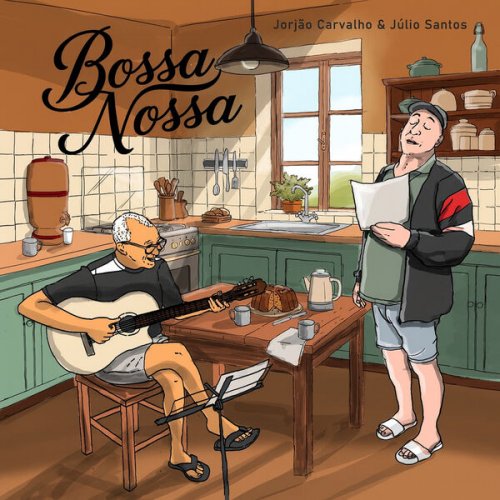
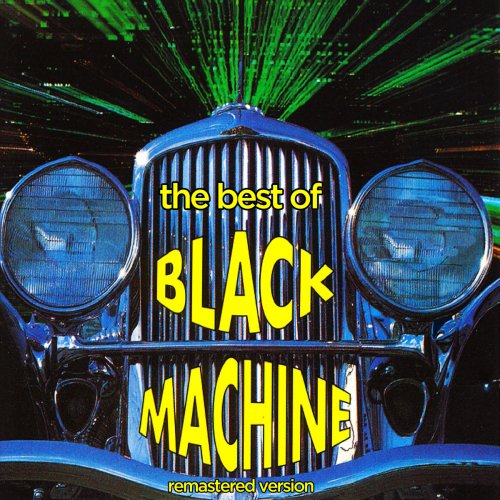
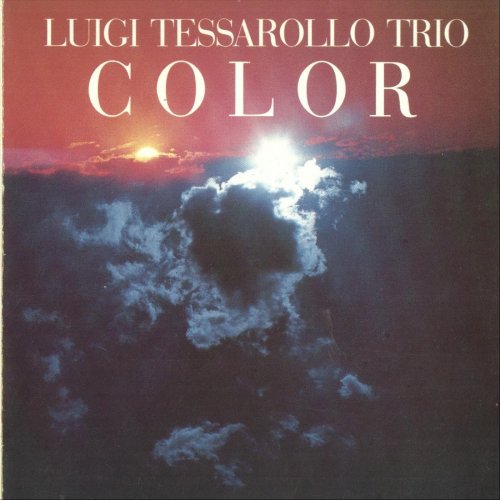
![Marju Kuut - Marju Kuut: Üksi, kuid vabana (2025) [Hi-Res] Marju Kuut - Marju Kuut: Üksi, kuid vabana (2025) [Hi-Res]](https://www.dibpic.com/uploads/posts/2025-12/1765641100_cover.jpg)

